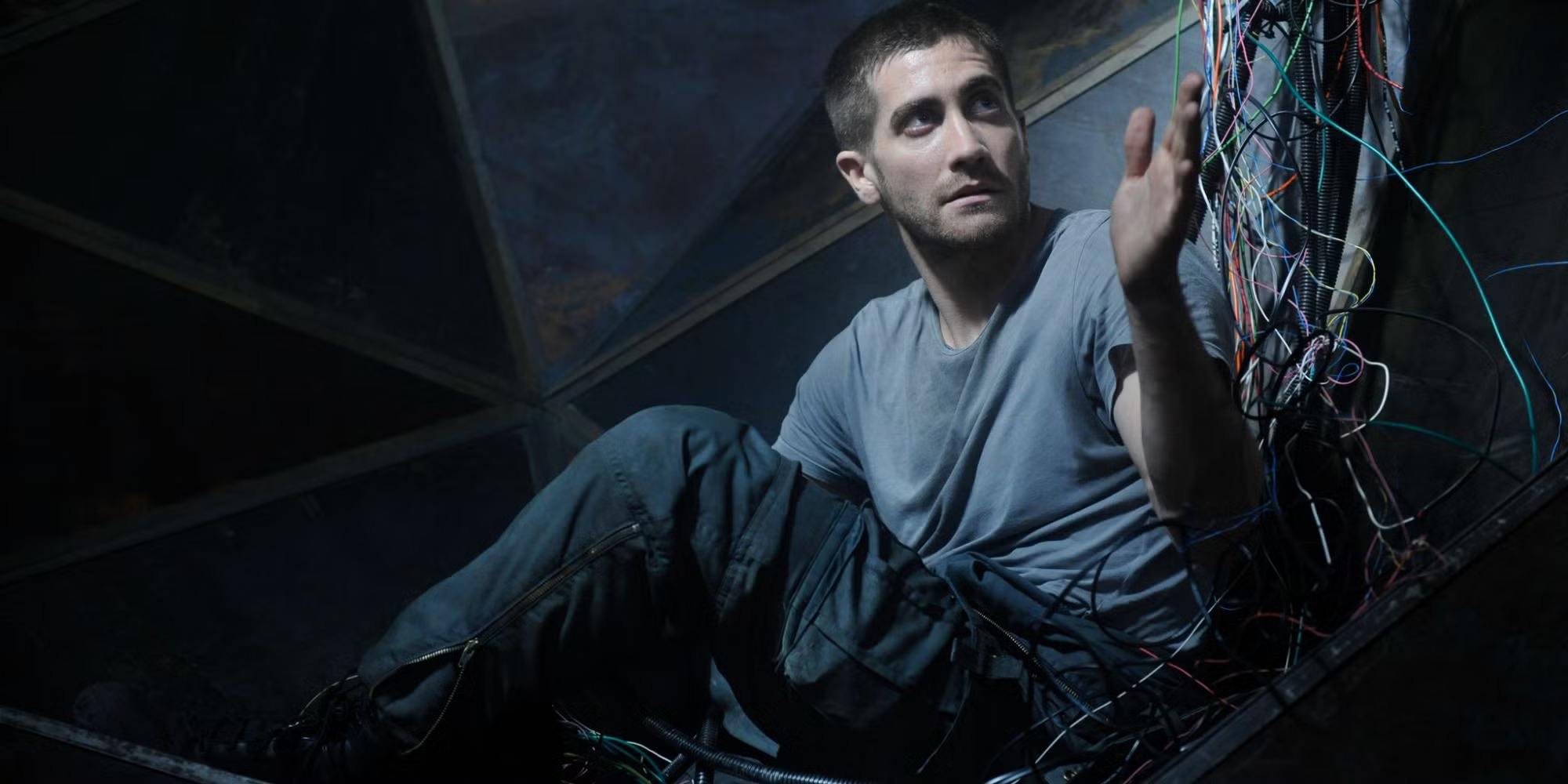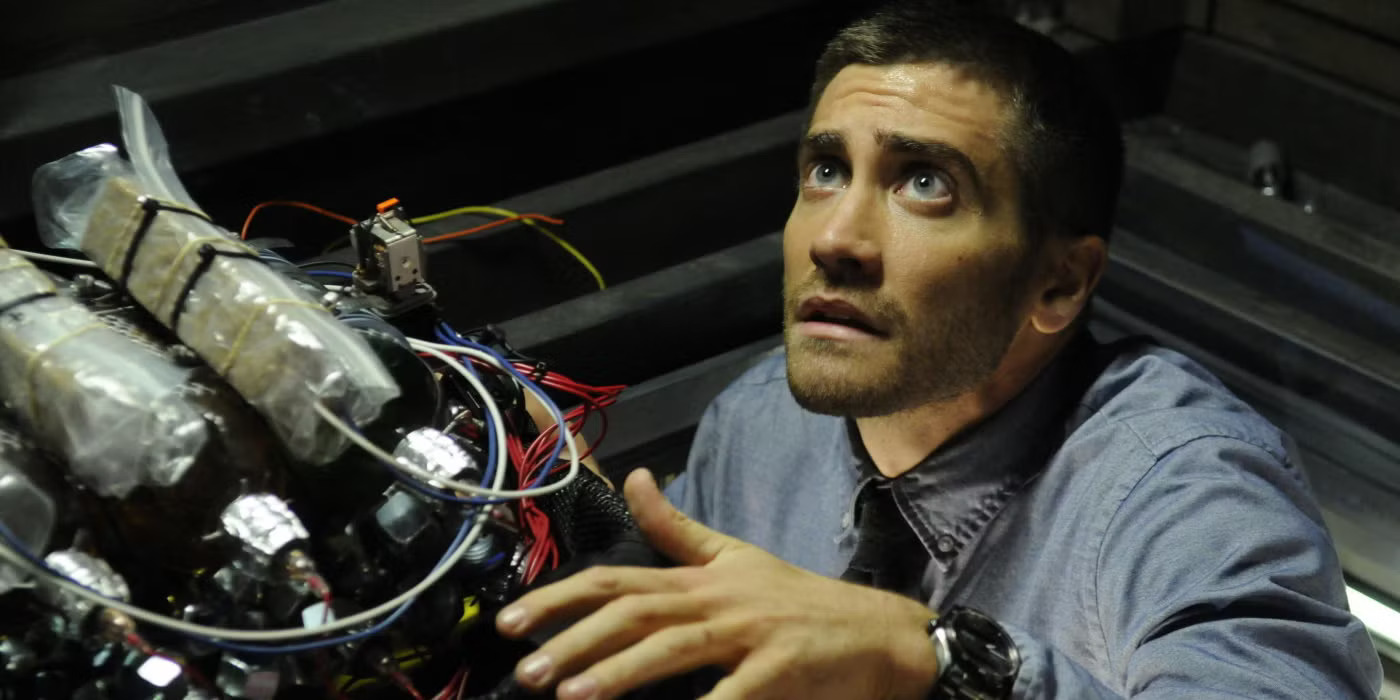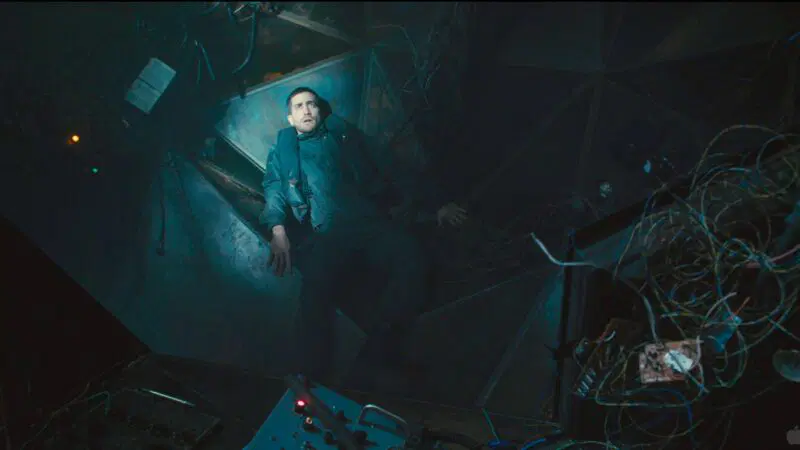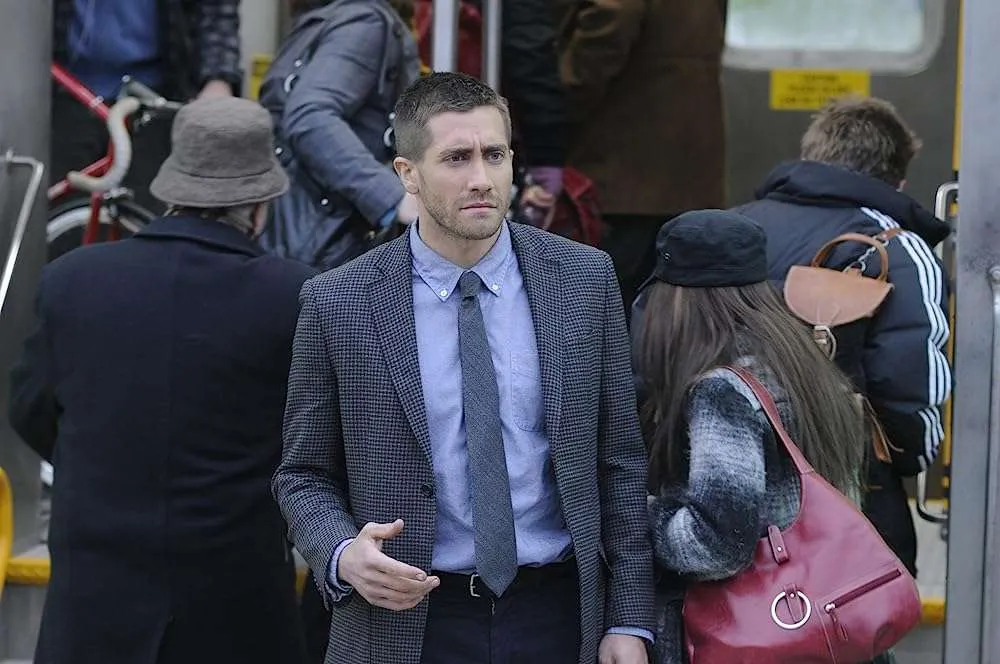Released in 2011, Source Code is a mind-bending science fiction thriller that blends multiple genres, including espionage, military drama, and romantic comedy, while offering a compelling exploration of themes like isolation, institutional corruption, and the ethics of technological advancements. Directed by Duncan Jones, who gained recognition for his first film, Moon (2009), Source Code expands on similar themes but introduces a much broader scale. While it benefits from a bigger budget and a larger cast, Jones still maintains an intimate and focused narrative compared to typical Hollywood blockbusters.
Jones’ second feature film builds on the success of Moon, incorporating elements of military thrillers, train mysteries, and time-traveling paradoxes, while keeping the same philosophical underpinnings of isolation and humanity’s reliance on technology. Source Code is distinctive in that it introduces a time loop mechanism that allows the protagonist, Captain Colter Stevens, to relive the same eight minutes repeatedly as he unravels a terrorist plot. Though complicated, the narrative is crafted in a way that lets the audience uncover the truth alongside Stevens.
The film begins with the audience in the same state of confusion as its protagonist, Captain Colter Stevens (played by Jake Gyllenhaal). Stevens wakes up aboard a commuter train, not knowing how he got there or who the woman sitting across from him is. His brief time on the train is marked by an explosion, and Stevens dies along with the other passengers. However, he soon wakes up again in a different environment, convinced he’s been piloting a helicopter in Afghanistan.
He is then briefed by Captain Colleen Goodwin (Vera Farmiga), who informs him that the military has developed a new technology that allows his consciousness to enter the body of a person from the past. His task is to repeatedly relive the last eight minutes before a bomb explodes on the train, track down the terrorist, and prevent further attacks. However, Stevens struggles with the notion that this is a simulation, especially when he learns that the people on the train, including his “avatar” Sean Fentress, are already dead.

The Source Code Technology Explained
The film doesn’t dwell heavily on the technicalities of the Source Code program but offers a brief explanation through Dr. Rutledge (Jeffrey Wright), the scientist responsible for its creation. Source Code is described as a form of “time reassignment,” where a person’s brainwaves are transferred into a past moment for a short duration after death, allowing them to experience those eight minutes in another person’s body. Stevens, as one of the program’s selected candidates, can manipulate events within the eight-minute window, despite the assertion that time itself cannot be altered.
Stevens’ mission is to locate and neutralize the terrorist behind the bombing, but he begins questioning the morality of the project as he learns that he has the ability to save lives within this timeframe. His decisions lead to discovering a bomb that can devastate Chicago, and he begins to build up enough information to locate the terrorist, though the program’s handlers warn him to focus on the mission rather than save people.
Stevens’ journey through the time loop eventually reveals a darker reality. After several failed attempts to thwart the bomber’s plan, Stevens learns that he is not merely participating in a simulation—he is in fact living in a neural pod, his body gravely injured in Afghanistan and kept alive solely for the Source Code project. The shocking truth emerges that Stevens has been coerced into continuing his mission without consent. His body has been kept in a life-support pod for the last two months, serving as a vessel for the Source Code’s operations.
In a deal with the military, Stevens demands that if he successfully prevents a second attack, he should be allowed to die. But his hopes are dashed when he discovers that Dr. Rutledge plans to keep him alive indefinitely, continuing to exploit his mind for military use. The reality of Stevens’ condition and the ethical implications of the Source Code program become central themes in the film as Stevens battles not just the terrorist threat but the morality of his situation.

The Final Mission: Saving the Day
As Stevens progresses through his assignments, he eventually uncovers crucial information about the terrorist and the location of a second bomb. However, in a final twist, Stevens is shot and killed along with Christina. When he wakes up again, he provides critical information that helps the authorities arrest the terrorist, Derek Frost, and prevent the dirty bomb from detonating. But Stevens, unwilling to let go, asks Goodwin to allow him to go back once more.
This time, Stevens is able to prevent both bombs from detonating, saving everyone on the train. He kisses Christina, believing this is his final moment, as he anticipates his death. To his surprise, when the eight-minute cycle ends, Stevens is not dead. Instead, he finds himself walking with Christina, suggesting that his actions have created a new reality where the train’s explosion never happened.
The film leaves viewers with a profound philosophical question. After the eight-minute time loop ends, Stevens’ consciousness appears to permanently inhabit Sean Fentress’ body. Although Stevens believes he has created a new reality where everyone on the train lives, it raises the question: what happened to Sean Fentress, the original inhabitant of the body Stevens now occupies? It is implied that Stevens’ actions have erased Sean’s existence, as Stevens now lives in a parallel universe where the bombing never occurred.
This twist opens up a broader discussion about the nature of time travel and the ethical dilemmas posed by Source Code. If the program creates alternate realities, does it also create countless other worlds where mass death occurred, and Stevens simply avoided that fate? The film never definitively answers these questions but leaves them to the viewer’s interpretation, adding layers of complexity to the otherwise tidy ending.

Ethical Implications of the Source Code
One of the most intriguing aspects of Source Code is its moral ambiguity. While Stevens’ actions save countless lives and prevent the bombing, the film raises troubling questions about the implications of creating parallel realities. Each use of the Source Code creates a new reality, meaning that every time Stevens enters the loop, a new world is created, possibly one where the terrorist’s attack succeeds.
The program’s purpose is to prevent future disasters, but at what cost? The film’s unsettling conclusion suggests that Source Code could be perpetuating cycles of destruction in alternate realities, all in the name of averting disaster in the original timeline.
Source Code is a testament to Duncan Jones’ ability to craft complex, high-concept films that focus on both intellectual and emotional depth. The director and cast worked closely to maintain continuity in the film’s repetitive structure, ensuring that Stevens’ multiple trips through the same eight-minute window felt fresh each time.
The performances, especially Gyllenhaal’s portrayal of Stevens, added emotional weight to the sci-fi thriller, making the narrative not just about stopping a terrorist but also about personal identity, morality, and the nature of existence.
The film concludes with a message from Stevens to Goodwin, suggesting that Source Code is capable of even more than initially believed. It could be used not only to gather intelligence from the past but also to create new realities. Whether this means that Stevens’ actions have reset time or created alternate worlds remains open to interpretation, and the film’s ending invites viewers to grapple with these moral and philosophical questions.
Regardless of how one interprets the final twist, Source Code stands as a thought-provoking exploration of time, identity, and the consequences of tampering with the fabric of reality.
Though Source Code was successful enough to warrant discussions of a potential sequel or TV series, its standalone nature leaves the film as a singular accomplishment in sci-fi cinema, rich with thought-provoking ideas that continue to spark debate years after its release.



